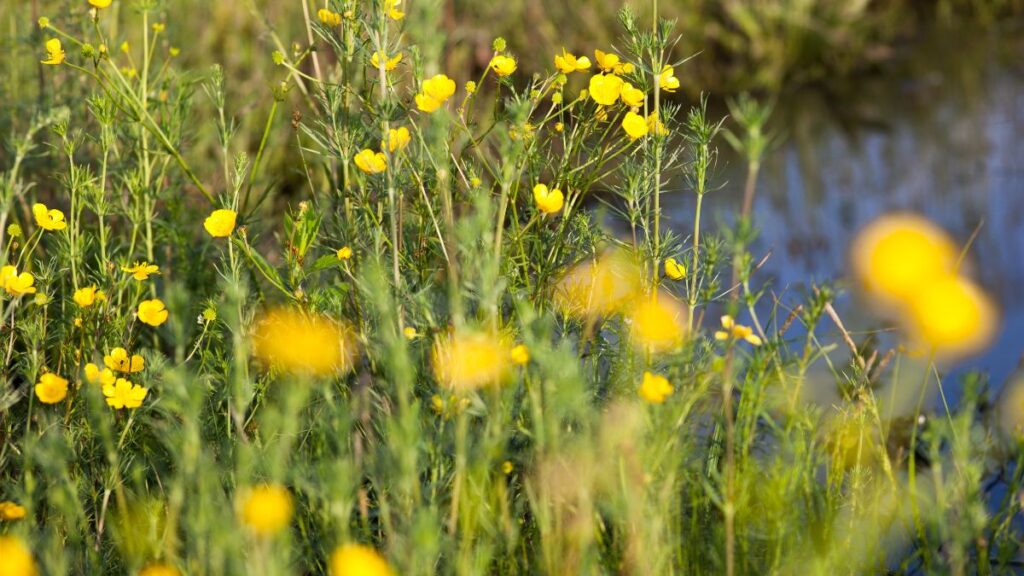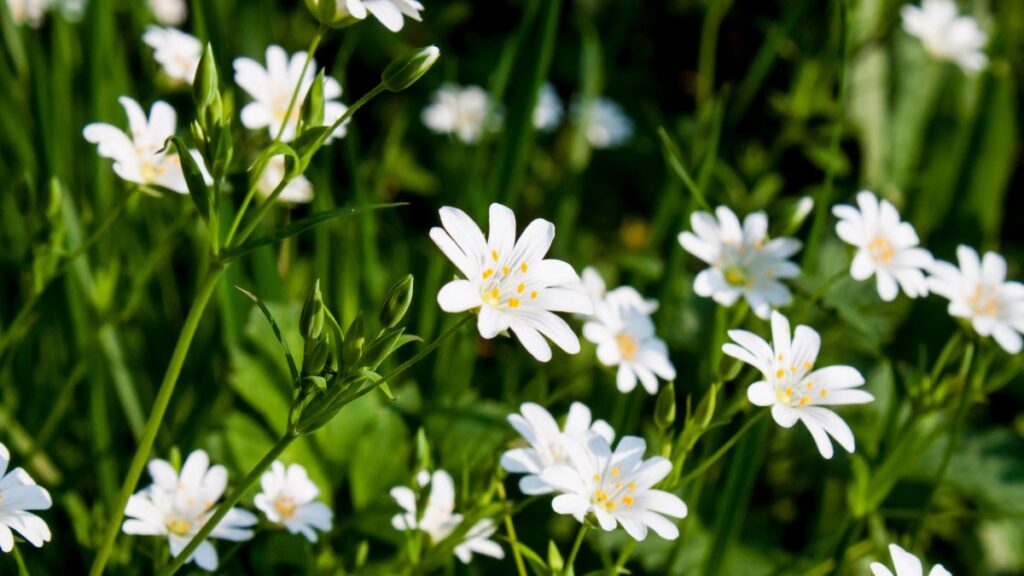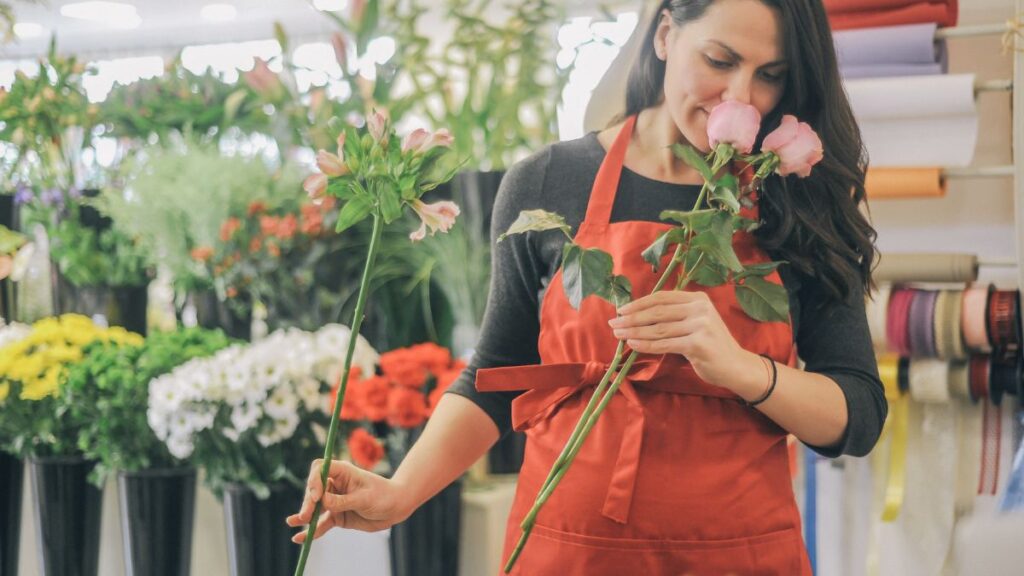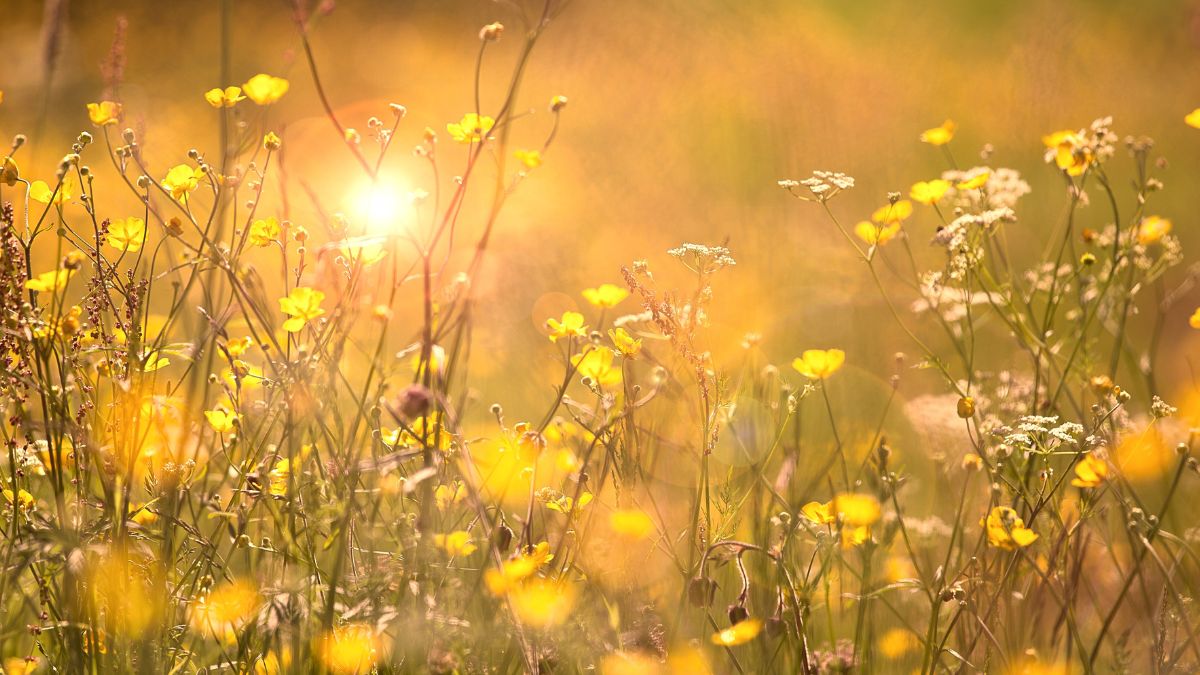Small flowers may be tiny in size, but they pack a powerful punch when it comes to adding beauty and charm to gardens. These petite blooms, often overlooked in favor of their larger counterparts, have a unique allure that captivates gardeners and nature enthusiasts alike. In this article, we will explore the enchanting world of small flowers, their types, cultivation tips, and the many joys they bring to gardeners.
Beauty in Miniature: The Charm of Small Flowers
Small flowers, also known as miniature flowers, are characterized by their dainty size and delicate appearance. Despite their small stature, these blooms come in a wide array of colors, shapes, and fragrances, making them a delightful addition to any garden. From the tiny blossoms of alyssum to the intricate blooms of lobelia, small flowers have a unique charm that adds a whimsical touch to garden landscapes.

Types of Small Flowers
Common Small Flowers
- Alyssum
- Lobelia
- Pansy
- Viola
- Dianthus
Rare and Exotic Small Flowers
- Nemesia
- Calibrachoa
- Diascia
- Torenia
- Cuphea
Cultivating Small Flowers: Tips and Tricks
To cultivate small flowers successfully, it’s essential to understand their specific needs and requirements. Here are some tips for growing healthy and vibrant small flowers in your garden:
Soil and Sunlight Requirements
Small flowers thrive in well-draining soil that is rich in organic matter. They also require ample sunlight to bloom profusely. Ensure that your small flowers receive at least 6-8 hours of sunlight per day for optimal growth.
Watering and Fertilizing
Small flowers should be watered regularly, especially during dry spells, to keep the soil moist but not waterlogged. Fertilize small flowers with a balanced fertilizer every 4-6 weeks during the growing season to promote healthy growth and blooming.
Pest Control
Keep an eye out for common pests that may affect small flowers, such as aphids, spider mites, and whiteflies. Use organic pest control methods, such as neem oil or insecticidal soap, to keep these pests at bay.
Small Flowers in Garden Design
Small flowers are incredibly versatile and can be used in various ways to enhance your garden’s beauty:
Borders and Edging
Plant small flowers along garden borders and pathways to create a colorful and inviting border. Their small size makes them perfect for edging flower beds and defining garden spaces.
Containers and Hanging Baskets
Small flowers are well-suited for container gardening and hanging baskets. Their compact size makes them ideal for small spaces, balconies, and patios, adding a pop of color to any outdoor area.
Benefits of Small Flowers
Pollinator Attraction
Small flowers are a favorite among pollinators, such as bees and butterflies, due to their nectar-rich blooms. By planting small flowers in your garden, you can attract these beneficial insects and help support local pollinator populations.
Space Efficiency
Small flowers are perfect for gardeners with limited space. Their compact size allows you to grow a wide variety of blooms in small garden beds, containers, or even on vertical surfaces.

Aesthetics and Fragrance
Despite their size, small flowers are big on beauty and fragrance. Their delicate blooms and sweet scents add a charming and inviting element to any garden setting.
Small Flowers for Every Season
Small flowers are not just limited to one season; they can bloom throughout the year, providing color and interest in every season:
Spring Bloomers
Small flowers such as tulips, daffodils, and crocuses herald the arrival of spring with their vibrant colors and cheerful blooms.
Summer Delights
During the summer months, small flowers like petunias, marigolds, and zinnias add a burst of color to gardens, balconies, and patios.
Fall Colors
In the fall, small flowers such as asters, chrysanthemums, and pansies provide a welcome splash of color as the weather begins to cool.
Winter Interest
Even in winter, small flowers like pansies, violas, and primroses can bloom, adding a touch of color to otherwise dreary winter landscapes.
The Symbolism of Small Flowers
Small flowers have long been associated with various symbolic meanings and cultural significance:
Cultural Significance
In many cultures, small flowers symbolize humility, purity, and beauty. They are often used in religious ceremonies, weddings, and other auspicious occasions.
Flower Language and Meanings
Small flowers, like all flowers, have their own language and meanings. For example, pansies symbolize thoughtfulness, while violets represent modesty and faithfulness.
Conclusion
In conclusion, small flowers may be small in size, but they are big on beauty, charm, and versatility. Whether used as border plants, container specimens, or pollinator attractants, small flowers have a lot to offer to gardeners and nature lovers alike. By incorporating these tiny titans of the garden into your landscape, you can create a vibrant and enchanting outdoor space that delights the senses and nourishes the soul.

FAQs
- What are some easy-to-grow small flowers for beginners?
- Marigolds, pansies, and petunias are excellent choices for beginners due to their ease of care and vibrant blooms.
- Can small flowers be grown indoors?
- Yes, many small flowers, such as African violets and begonias, can be grown indoors with proper lighting and care.
- How do I prevent small flowers from becoming invasive?
- To prevent small flowers from becoming invasive, plant them in containers or use barriers to contain their growth.
- Are small flowers suitable for xeriscaping?
- Yes, many small flowers are well-suited for xeriscaping, as they are often drought-tolerant and require minimal watering.
- Do small flowers require special care compared to larger plants?
- Small flowers may require more frequent watering and fertilizing due to their smaller root systems, but otherwise, they have similar care requirements to larger plants.
